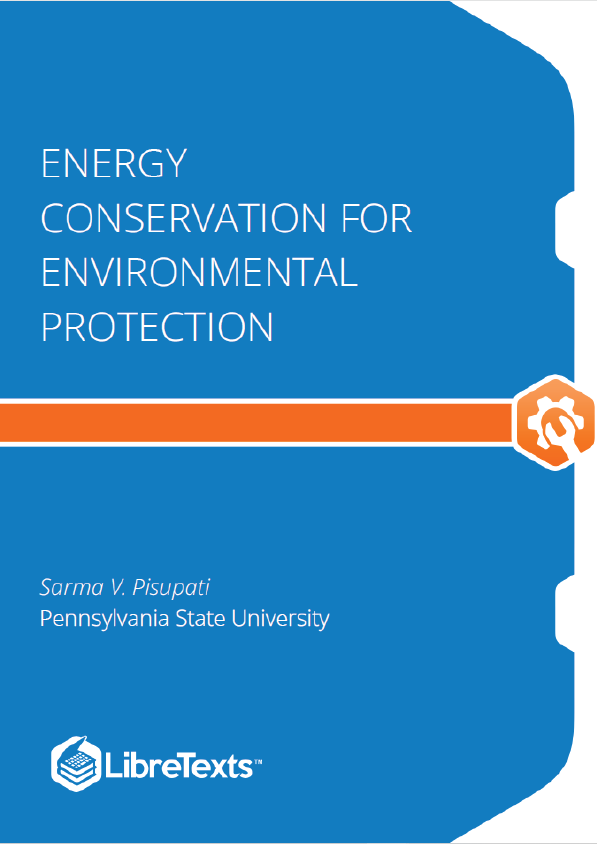Six Basic Forms of Energy
There are 6 basic forms of energy:
1. Mechanical Energy
There are two types of mechanical energy: kinetic and potential energy.
Kinetic energy is the energy that a body possesses due to its motion. Bodies that contain kinetic energy include a baseball traveling through the air after being thrown or a hammer pounding nails. In the United States, about 1/3 of the total energy produced is used for transportation or movement of people and goods.
Potential energy is the energy that a body possesses due to its position relative to a reference point. Bodies that contain potential energy include a pendulum at the top of its oscillation or a compressed spring.
2. Chemical Energy
Chemical energy is the potential energy contained in molecular bonds, which exists due to electric and magnetic forces of attraction that different parts of molecules exert. It is also referred to as “microscopic potential energy”. This attractive force is the same force involved in thermal vibrations. When chemical reactions occur and the molecule is rearranged, the chemical energy can increase or decrease. Examples of bodies with chemical energy include batteries and glucose in the human body. About 85% of the energy used in the U.S. is from fossil fuels like natural gas, coal, and oil, which all store chemical energy. Burning these fossil fuels releases thermal or heat energy which is then used to power various processes.
3. Thermal or Heat Energy
Thermal energy is a combination of the microscopic, kinetic, and potential energy of molecules. Examples of bodies with thermal energy include boiling water and a hot beverage. Temperature is a measure of how much thermal energy a body has. At higher temperatures, molecules are moving faster and/or vibrating, thus having more kinetic and potential energy. Movements contribute kinetic energy while vibrations contribute potential energy for molecules.
4. Electrical Energy
Electrical energy is created from the movements of electrons in matter. It is commonly converted into other forms of energy. For example, toasters convert electricity to thermal energy, and speakers convert electricity to sound. Because of the numerous applications, electricity is in high demand. In the U.S. alone, about 40% of the total primary energy used is converted into electricity.
5. Nuclear Energy
Nuclear energy is produced when reactions in an atom cause a structural change in the nucleus. There are two main types of nuclear reactions: fusion and fission. Fusion is when two nuclei join together to form one larger nucleus or particle. This releases energy in the form of light and heat. Fusion occurs in the Sun, where hydrogen nuclei fuse together to make helium nuclei, releasing energy. Fission is when the nucleus of one atom splits into two smaller atoms. Like fusion, this also releases energy s light and heat. Nuclear reactors and the Earth’s interior depend on fission, usually involving uranium as the atom being split.











